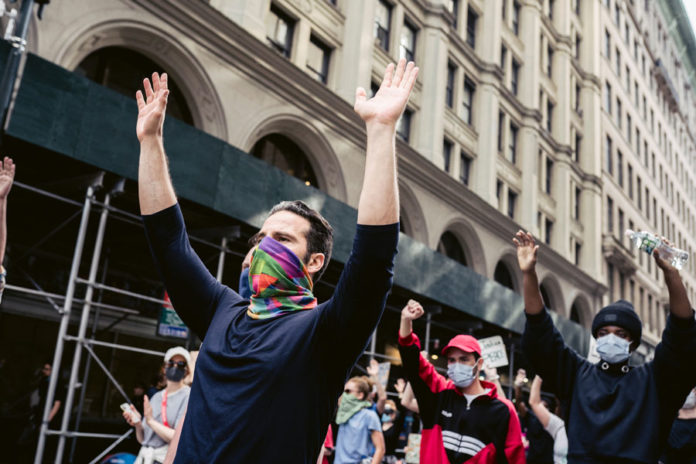A federal task force and collaboration among states are needed to battle gun violence effectively in the United States. Local governments cannot do the work alone in isolated corners of this country. A national perspective is called for and, when implemented, will be more effective in all areas of prevention and response. Cities and States must collaborate, share information, and learn from successes as well as failures. Now, I see local leaders are struggling with the overwhelming challenges. I encourage them to reach out for support.
Gathering the best research on gun violence prevention and response is vital to understanding the inner workings of the public health epidemic we face and finding strategic points of intervention that will begin to level the trajectory of the current national rise in gun violence. The yearly increase in homicides and shootings may overwhelm the City of Philadelphia’s ability to process cases and attend to survivors’ needs. The trajectory in Philadelphia for 2021 has been between a 25% to a 52% increase from 499 murders last year. The trajectory points to over 700 homicides in 2021 if the current trend is not diverted.
At which point do we stop having the capacity and the funds to manage this epidemic of violence? The 2020 soar in gun violence has already stretched the capacity of the police department. Clearance has been 50% (which is an increase), and many unsolved cases are waiting for attention, but with all the new crimes happening each day, the existing cases get less attention. Not because the detectives don’t care, but because they are trying to manage an onslaught of complex investigations. Imagine what will happen if homicide and shootings go up again this year.
The cost of homicide is high, loss of life, family disintegration, multiple and generational trauma, and an unnecessary financial cost. According to a study by Dr. Mat Delisi, a sociologist from Iowa State University, in his work, Murder by numbers, Dr. Delisi estimates that the monetary cost of each murder is approximately 17.25 million dollars.
From the families, loss of income, burial, and related expenses to law enforcement, prosecution, courts, incarceration, and associated services.
In Philadelphia last year 2020, there were 499 homicides. 87% African American victims and their families, 12% Latinos and their families. 99% of homicides involved persons of color. Today, the number of murders in Philadelphia stands at 83 homicides, an increase of 23%. The percentage of increases this year has run from 52% to the current 23%. As the number of people who have been victims of violence increases, so does the cost and use of resources. Local, State, and Federal governments must work together to turn this tsunami around.







